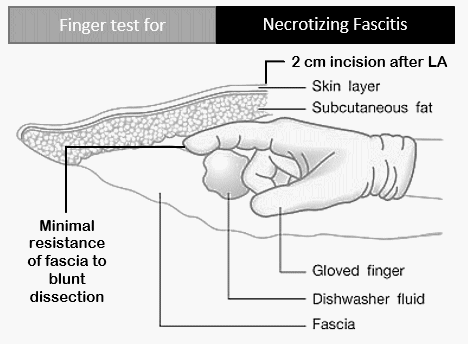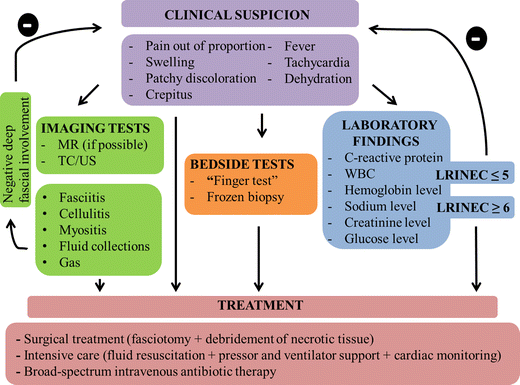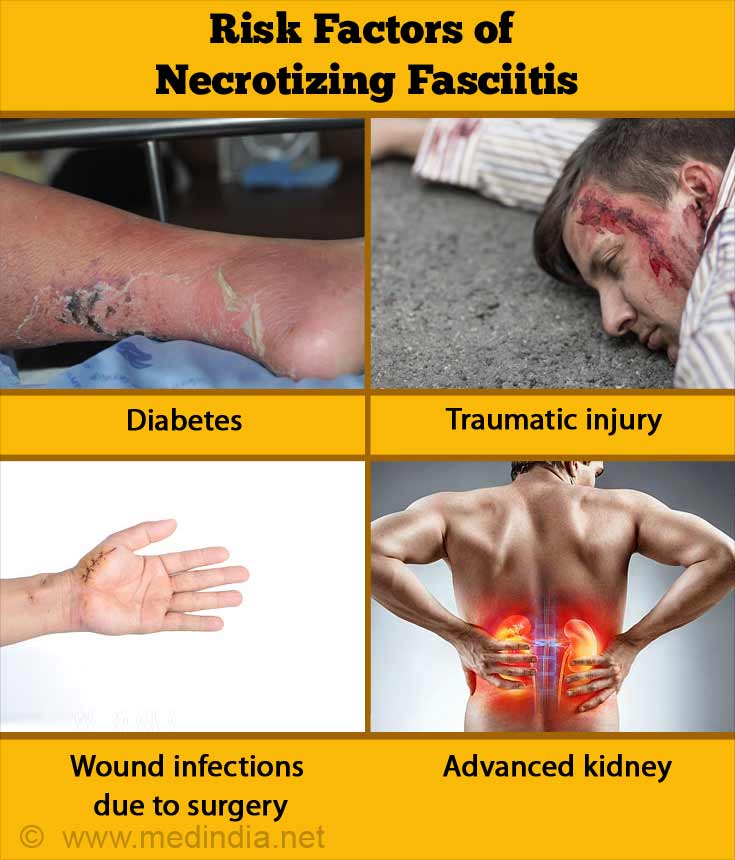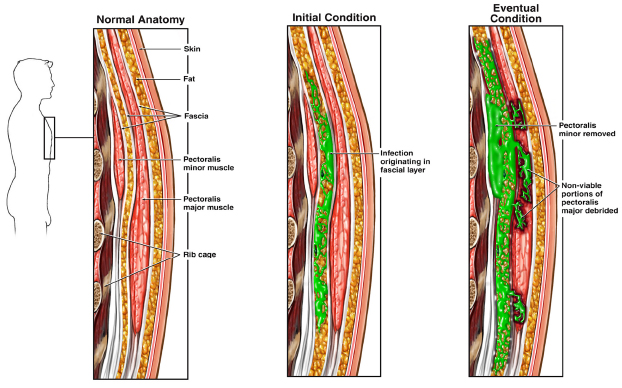Stunning Tips About How To Diagnose Necrotizing Fasciitis

Blood tests, such as a complete blood count.
How to diagnose necrotizing fasciitis. Definitive diagnosis and treatment involve prompt surgical fasciotomy with aggressive debridement of the necrotic tissue. Early diagnosis and aggressive surgical therapy is critical. The other signs and symptoms include:
Being sick (vomiting) and diarrhoea,. The infected tissue may be tested for. Doctors may also perform a finger test.
To diagnose necrotizing fasciitis, doctors will typically begin by assessing your medical history and performing a physical examination. However, mortality may be significant, especially in patients with neutropenia. How is necrotizing fasciitis spread?
Necrotizing fasciitis is a clinical diagnosis. Blood tests and imaging, especially magnetic resonance imaging and computed tomography scans, can be helpful but are not diagnostic. The plant is found everywhere in the united states except in alaska and.
Necrotizing fasciitis is a severe, rapid, and progressive form of inflammation and infection affecting not only the skin, but also deeper down to the subcutaneous, the fascia and muscle. Induration (hardening or toughness of the affected area) paresthesia (skin tingling, prickling, numbness or. Break in the skin in not always readily apparent in some cases, making necrotizing fasciitis difficult to diagnose.
As the blood supply to the. Culture of specimens taken from deep tissue. Leukocyte response to the infection may be a.


:background_color(FFFFFF):format(jpeg)/images/library/10366/Healing_progess.png)
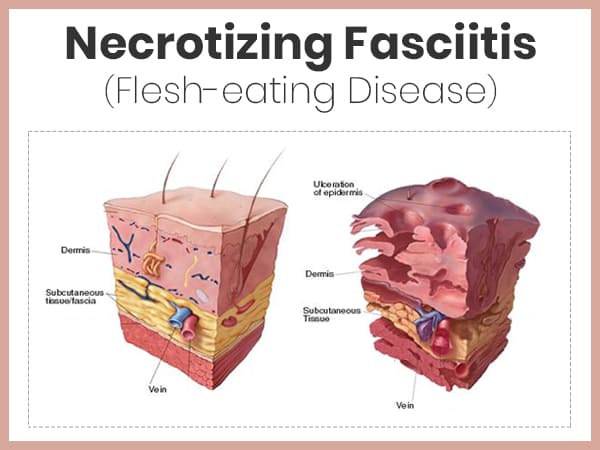



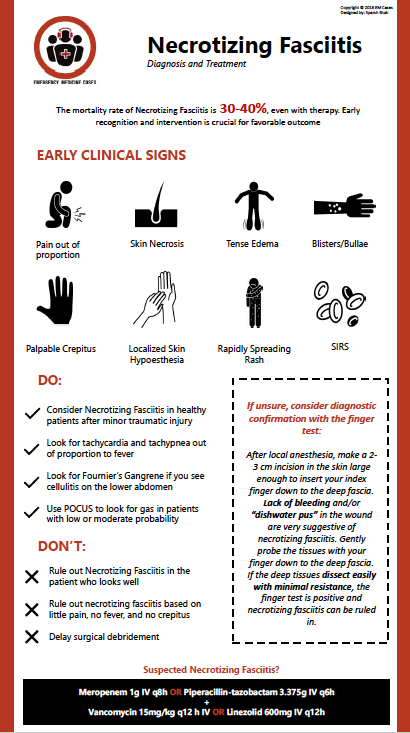
![Pdf] What Is Subacute Necrotizing Fasciitis? A Proposed Clinical Diagnostic Criteria. | Semantic Scholar](https://d3i71xaburhd42.cloudfront.net/feab7f0333752879d1fa73545a8a1a07e0e86dfa/2-Table1-1.png)


